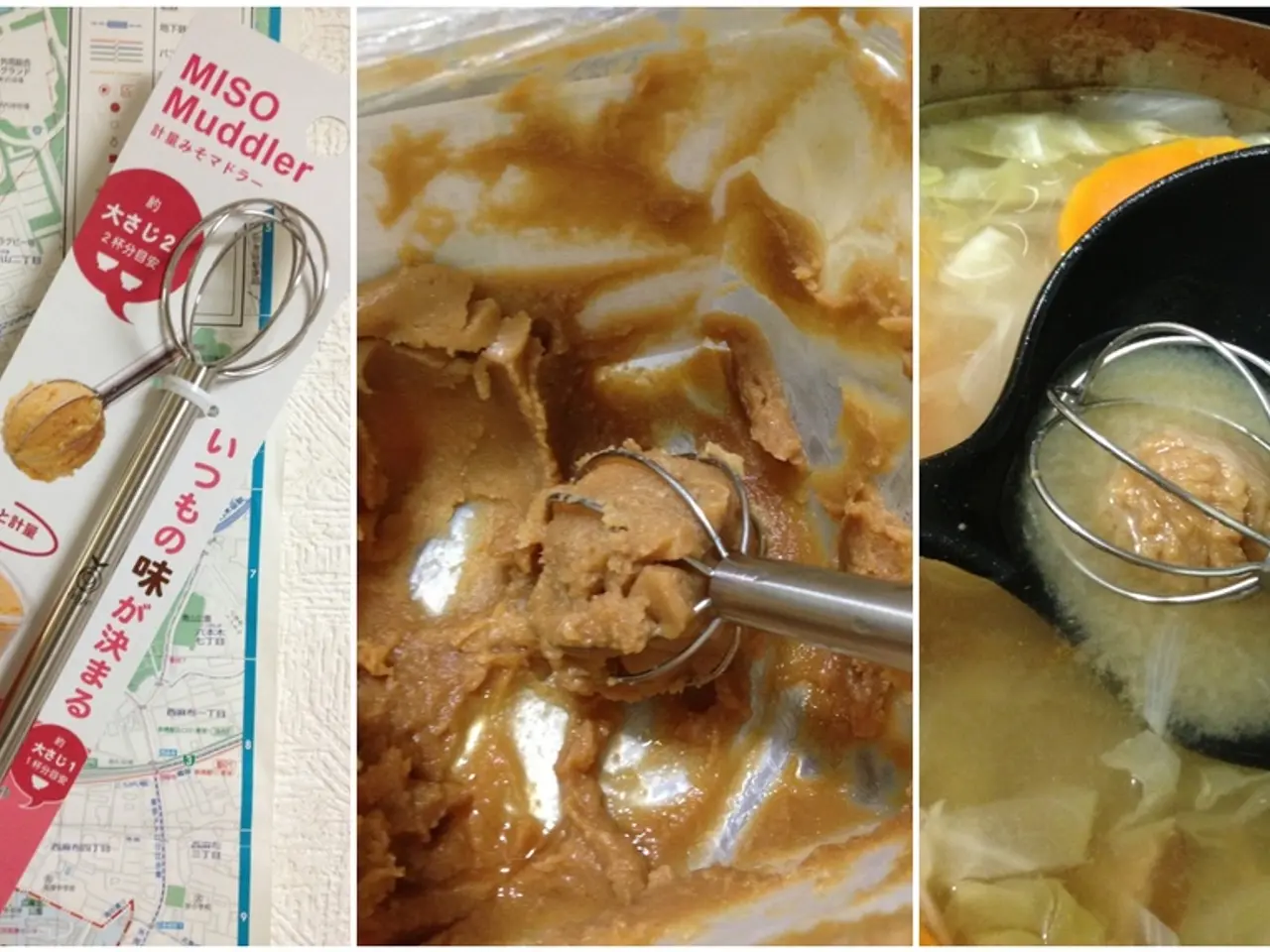HIV-associated rashes: Origin, indicators, and remedies
Rashes are a common occurrence in individuals living with HIV, and their type and cause can vary depending on the stage of the illness and treatment status. This article aims to provide an overview of the various types of rashes associated with HIV, their causes, and their evolution over time.
**Acute HIV Rash**
This rash appears during the acute or primary infection, often as a red or discolored, itchy rash with small bumps. It is part of a broader flu-like illness, referred to as acute retroviral syndrome (ARS).
**Medication-Induced Rash**
Many antiretroviral drugs, especially non-nucleoside reverse transcriptase inhibitors (NNRTIs), commonly cause rashes. These can sometimes be severe and may indicate an allergic reaction.
**Opportunistic Skin Conditions**
As HIV progresses and the immune system weakens, bacterial, fungal, or viral skin infections (such as candidiasis, herpes simplex, or molluscum contagiosum) may develop, often presenting as atypical or persistent rashes.
**Causes of Rashes in People with HIV**
- **Direct Viral Effect:** The eruption seen in acute HIV infection is caused by the body's immune response to the rapid multiplication of the virus. - **Drug Reactions:** Many HIV medications can trigger rashes, either as a common side effect or, in rare cases, as part of a severe allergic reaction. - **Secondary Infections:** Immunodeficiency increases susceptibility to other infections, which can manifest as skin rashes. - **Autoimmune/Inflammatory Mechanisms:** In some cases, HIV can trigger autoimmune phenomena, leading to rashes such as psoriasis or seborrheic dermatitis.
**Symptoms of HIV-Associated Rashes**
The presentation of HIV-related rashes varies by cause and stage.
- **Acute HIV Rash:** Often appears as a red or discolored, itchy rash with small bumps, typically on the trunk or face, and is accompanied by other symptoms like fever, swollen lymph nodes, sore throat, and mouth ulcers. - **Medication Rash:** May be mild and transient, but can also present as a severe, widespread rash with blistering, fever, and mucosal involvement—signs of a potentially life-threatening reaction. - **Opportunistic Infection Rash:** Lesions may be ulcerative, nodular, or pustular, depending on the causative organism. Persistent, non-healing sores or unusually widespread rashes are red flags for advanced immunosuppression.
**Evolution of Rashes Over Time**
- **Early Stage (Acute Infection):** The rash is often transient, resolving as the acute syndrome subsides. Some people may not notice or remember the rash, especially if other symptoms are mild or absent. - **Chronic HIV (Without Treatment):** Without therapy, declining immune function leads to more frequent and severe skin infections, atypical rashes, and slower healing. Persistent or recurrent rashes become more common. - **On Antiretroviral Therapy (ART):** ART often reduces the risk of HIV-associated rashes by improving immune function, but drug-related rashes may still occur. If a medication-induced rash appears, it may necessitate a switch in the drug regimen. - **AIDS (Advanced HIV):** Rashes become more severe, widespread, and resistant to treatment. Opportunistic infections and malignancies (such as Kaposi sarcoma) may cause distinctive skin lesions.
**Summary Table: HIV Rashes by Stage**
| Stage | Rash Type | Typical Cause | Key Symptoms | Outcome/Change Over Time | |--------------------------|---------------------------------|-----------------------------|----------------------------------------------|---------------------------------------| | Acute HIV | Maculopapular, itchy | Immune response to HIV | Fever, lymphadenopathy, malaise, mouth sores | Resolves in weeks | | Chronic HIV (untreated) | Recurrent, atypical, persistent | Opportunistic infections | Ulcerative, nodular, or pustular lesions | More frequent/severe as CD4 drops | | On ART | Drug-induced | Antiretroviral medications | Variable; may be mild or severe (allergic) | May require medication change | | AIDS | Severe, widespread, atypical | Opportunistic infections, cancers | Non-healing, ulcerating, or nodular | Poor response to standard treatments |
In conclusion, rashes in HIV are diverse, reflecting the dynamic interplay between the virus, the immune system, medications, and secondary pathogens. Prompt diagnosis and treatment are essential to managing both the infection and its cutaneous complications. For more information, the CDC provides a locator to help people locate HIV testing services in their area.
- Beyond rashes, individuals living with HIV may also experience health conditions such as ulcerative colitis, asthma, COPD, diabetes, and skin cancer.
- The immune system's degeneration associated with HIV can lead to cancer, especially lymphoma and Kaposi sarcoma.
- Predictive mental health issues like depression are common in people with HIV, particularly those who struggle with the stigma of the disease.
- The treatment of HIV, often involving medications like NNRTIs, can cause dry skin as a side effect, which might be mistaken for other skin conditions.
- Breast cancer is another medical condition that HIV-positive individuals need to be aware of and screen for regularly, as their risk is slightly elevated compared to the general population.
- In some cases, HIV might trigger autoimmune phenomena, leading to inflammatory skin conditions such as psoriasis or seborrheic dermatitis.
- For individuals with HIV, skin care should be a priority, as poor skin health can be a sign of underlying health issues and can contribute to depression and stigma.
- CBD, a compound derived from cannabis, has been researched for its potential benefits in managing certain symptoms associated with HIV and its treatment, including neuropathic pain and depression.
- In advanced stages of HIV, issues like sexual dysfunction may arise due to side effects of medications, HIV itself, or related medical conditions like diabetes.
- Medical-conditions like macular degeneration, which affects vision, can be more common in people with HIV, highlighting the importance of regular eye exams.
- Science continues to advance in the field of health and wellness, with ongoing research into new treatments, prevention methods, and support services for people living with HIV and other medical conditions.
- In the realm of health-and-wellness, practicing good mental health is essential for overall well-being, especially for individuals living with HIV, who may face unique challenges and stigma.
- In addition to HIV-associated rashes, other skin conditions, such as eczema, psoriasis, or hives, can occur in people with HIV and may require specific treatment approaches.




